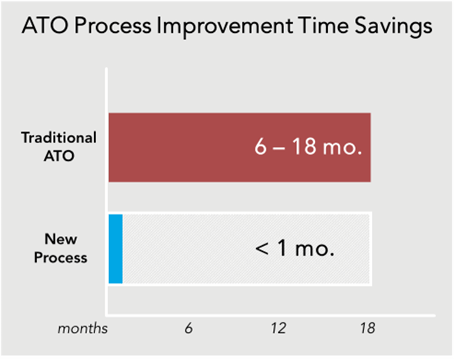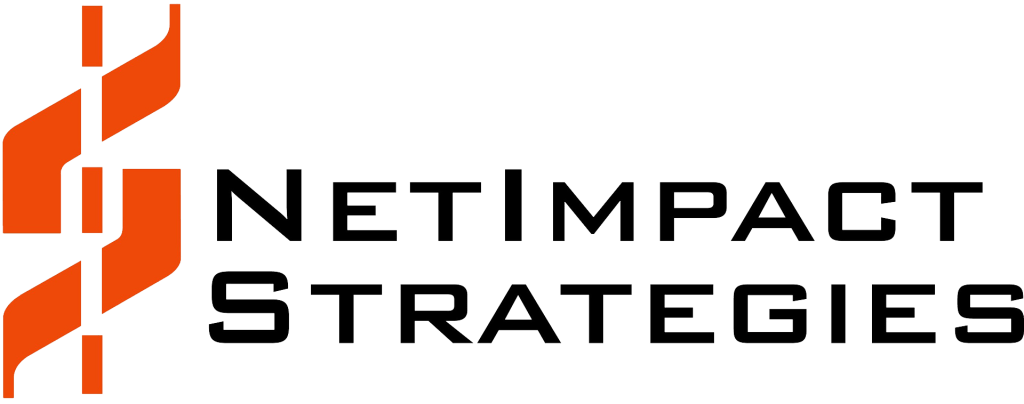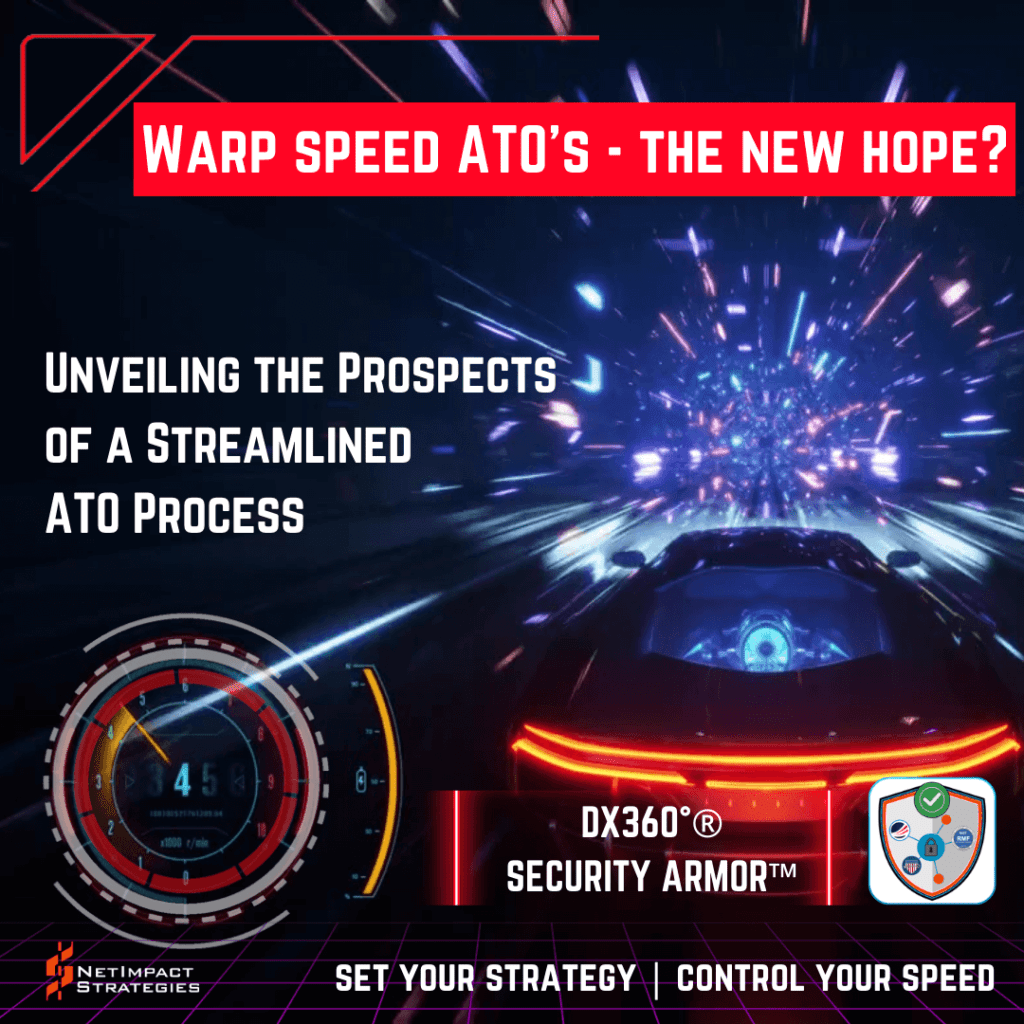Picture this: a government agency diligently develops a cutting-edge system, designed to revolutionize a critical aspect of public service delivery. Excitement brews as they await the green light to deploy their innovation and make a tangible impact. However, weeks turn into months, and the long-drawn-out process of acquiring an Authority to Operate (ATO) weighs them down, stifling progress and diminishing the transformative potential of their creation. This situation may feel all too common across federal agencies today.
An ATO is the federal government’s stamp of approval, indicating that an information system or application has met the necessary security requirements and can be operated within the confines of established guidelines. In order to achieve an ATO, the system undergoes a rigorous evaluation process in collaboration with their agency’s cybersecurity professionals. The ATO certifies that the IT asset has been reviewed for risks and implements the appropriate safeguards in compliance with regulatory frameworks. It is a crucial part of using any asset.
The challenge often lies in the speed—or lack thereof—of the ATO process. This process is laden with paperwork, multi-tiered approvals, and moves at a painstakingly slow pace. The inherent complexities and meticulous scrutiny required for cybersecurity have resulted in significant delays, hindering timely system deployment and stifling innovation within government agencies and among contractors.
Speed is of paramount importance in the ATO process for several reasons. First and foremost, it directly impacts the government’s ability to adapt and keep pace with rapidly evolving technologies. In an era where cyber threats loom large, and the need for digital transformation is ever-present, delays in granting ATOs can hamper the government’s ability to leverage cutting-edge solutions effectively. Moreover, the speed of ATOs is directly linked to innovation and economic competitiveness. The government can foster an environment that encourages agility, fosters collaboration with industry partners, and allows timely adoption of advanced technologies by expediting the approval process. This, in turn, bolsters efficiency, enhances service delivery, and positions the federal government as a leader in innovation.
It is important to note that the issue with the speed of ATOs is not rooted in a lack of effort or dedication within the federal government. Instead, it is a challenge that arises from the complex nature of security requirements, the need for thorough evaluations, and the need to balance speed and risk which is essential to protect the public.
While there is a push to expedite the ATO process, it is essential to consider the potential downsides of rushing through it. Speed should not compromise confidentiality, integrity, or availability. One major concern is increased security risks, as hasty approvals may result in overlooked vulnerabilities and expose critical systems to cyber threats. Compliance and regulatory issues can also arise, with inadequate system verification leading to legal liabilities, and reputational damage. Rushing may also limit comprehensive cyber security testing, leaving potential weaknesses undiscovered. Unintended consequences can emerge, as insufficient analysis may overlook risks or dependencies that become apparent after implementation. Long-term maintenance and support challenges may arise if speed and precedes design and planning. Lastly, adherence to industry standards could be compromised, leading to inconsistencies, non-compliance, and insufficient protection of mission assets like systems, data, and networks.
Addressing the downsides of rushing through ATOs requires a delicate balance between speed and the necessary rigor to ensure security, compliance, and system reliability. Careful planning, comprehensive risk assessments, and robust testing protocols are vital to strike this balance and establish a streamlined ATO process that upholds the highest security and operational effectiveness standards. Then, are Wrap Speed ATOs an elusive aspiration?

Not necessarily. The General Services Administration (GSA) was able to cut down ATO processing time by 95% using an ATO Sprint Team. Through the process, they identified lessons learned on accelerating the ATO process, including leveraging consistent tools and process to ensure compliance, reducing cost of context switching by focusing ATO efforts, expanding inheritance and reusing technology stacks, and better collaboration between security and project teams.
DX360°® Security ARMOR® replicates this success by harnessing powerful automations to facilitate each of these success factors. Centralizing your cybersecurity and IA efforts in a single place and single view simplifies collaboration while its guided prompts naturally standardizes processes for the enterprise. Automated self-assessment checks reduces the manhour and cognitive demands and simplifies the inheritance process so that documentation for components which already passed evaluations can be reused.
Automating the tedious and repetitive aspects of the process can eliminate redundant effort, allowing for faster and more efficient evaluations. Project and cyber teams can move past the days spent grappling with endless paperwork and drowning in time-consuming administrative duties. With DX360°® Security ARMOR®, the federal government can bid farewell to the mind-numbing monotony and embrace an era of streamlined efficiency. This formidable tool is an integrated hub and intelligent automation engine, providing a centralized repository for effectively managing an agency’s mission-critical security posture and eliminating tedious manual tasks. Imagine having all the requisite information promptly accessible at your fingertips, effortlessly navigable with a few clicks. DX360°® Security ARMOR®’s artifact generation capability summarizes your IT asset’s information such as implementation details into a important cybersecurity artifacts per your agency’s template with a button. Its Universal Search features eliminate the arduous hunt for scattered documents and the exhaustive analysis of labyrinthine spreadsheets. Team members no longer need to divvy their precious attention and limited time between productive risk management activities and grueling technical writing tasks. DX360°® Security ARMOR® empowers federal employees to take command of the ATO process, with unparalleled efficiency and a renewed sense of control. Moreover, DX360°® Security ARMOR® empowers federal employees with enhanced decision-making abilities. Through its comprehensive reporting functionalities and real-time insights, federal employees have the necessary knowledge to make informed choices – no more operating in the dark or relying on obsolete information. DX360°® Security ARMOR® illuminates your agency’s security posture, empowering federal employees to make data-driven decisions that confidently propel their agency forward. Now, picture a future world where the burdensome toil inherent in the ATO process is significantly alleviated, and the onerous tasks are seamlessly automated, freeing up precious time and valuable resources.
To experience a live, customized demo with our experts to learn how DX360°® Security ARMOR® will make your mission fulfillment goals easier and safer contact us today at demo@netimpactstrategies.com.



